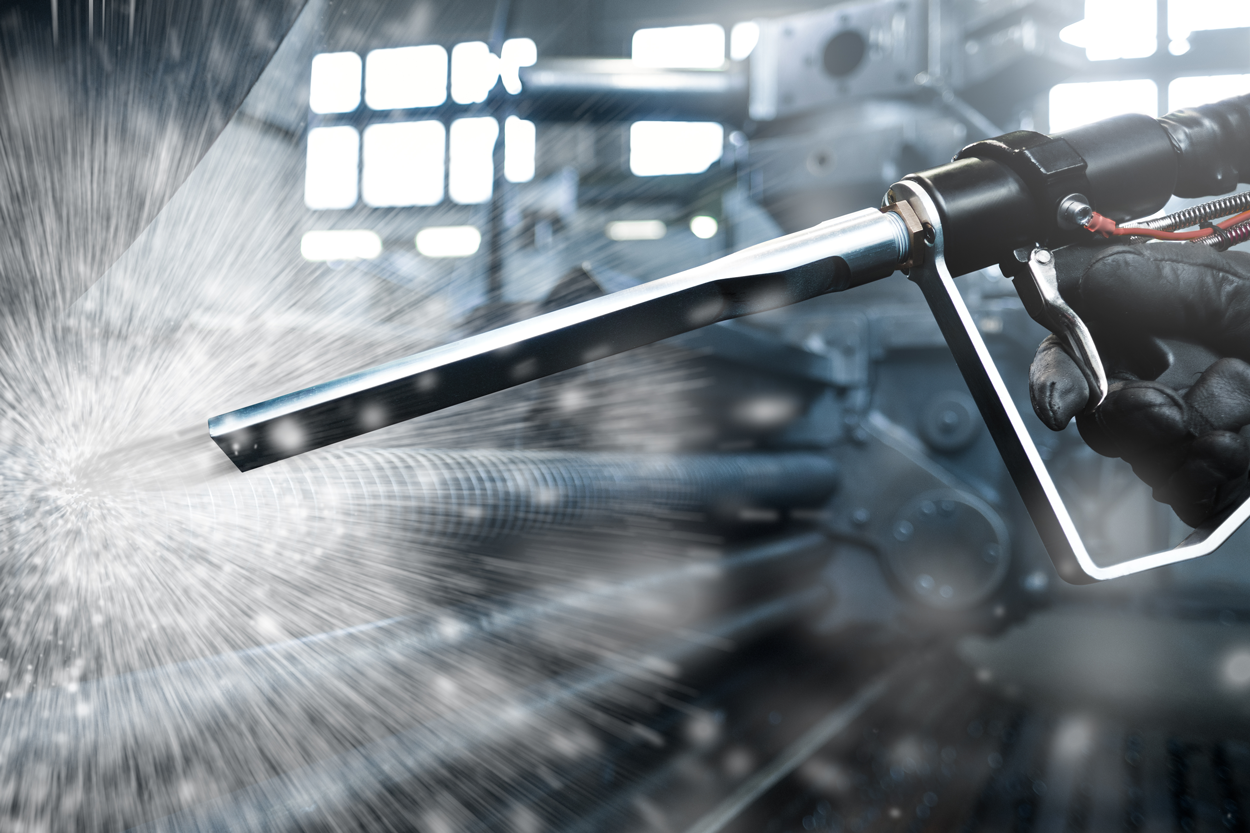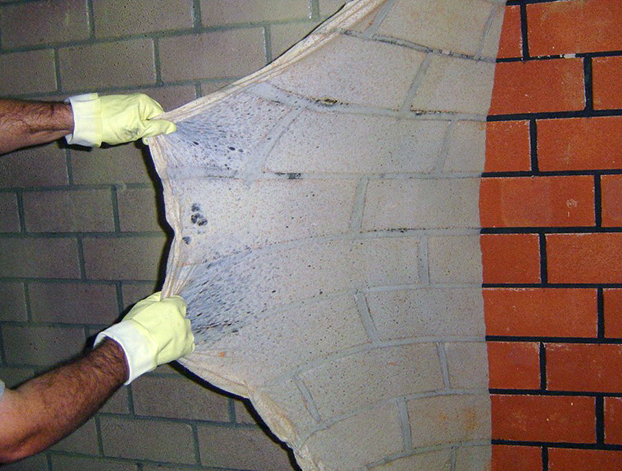Soda Blasting
Following damage your home or business needs to undergo decontamination as soon as possible to limit the damage from deteriorating, results of secondary damage or even becoming permanent One way to remove smoke residues from a surface is to use soda blasting.
Soda blasting is a cleaning method that uses sodium bicarbonate to remove dirt and other substances from surfaces. The sodium bicarbonate is applied to an affected surface using pressure from blaster technology. It is large sized, jagged, and irregularly shaped, which gives it special decontamination abilities. The pressure provided by the soda blaster will shatter the crystals. As the crystals shatter, they act as a gentle abrasive and the surface becomes clean, leaving the crystals in a fine powder. Soda blast media can only therefore be used once. The powder left behind following soda blasting is water soluble which makes for a quick and simple cleanup.
Soda blasting is very safe. Not only is soda blasting an environmentally friendly cleaning method, but soda blast media has soft crystals. The soft crystals make for a rather gentle method that doesn’t produce a lot of heat. Soda blasting won’t harm the surfaces it’s used on
As a result of its cleaning capabilities, soda blasting can rid surfaces of some light charring, soot residues and other types of residue left by a fire. Soda blasting will also reduce or remove odours, as it absorbs the particles without just masking the smell.

Dry Ice Cleaning
Dry ice blasting is an effective alternative to other deep cleaning methods such as abrasive, soda, and sand blasting applications. Dry ice blasting, also called dry ice cleaning, is an environmentally responsible cleaning and surface preparation technique perfect for fire residues and other contaminant removal such as mould or light corrosion Dry ice blasting uses solid carbon dioxide (CO2) pellets or Micro Particles, which are blasted at supersonic speeds and sublimate on impact, lifting soot particles and contaminants off the underlying substrate.
No chemicals or solvents are used in dry ice blasting. This means that no harmful vapours are released. In addition no spray agent is left over in dry ice blasting. The dislodged surface residue falls to the ground and can be simply swept up.

Latex cleaning
It is not always possible to use water based or liquid cleaning products to clean a fire or soot affected material.
Latex Soot Removal Film (SRF) is a specialist product effective for situations where traditional decontamination methods are unsuitable. SRF is applied to contaminated surfaces in a liquid state and can be applied using a number of different techniques from brushing to spraying in order to achieve optimum results.
Once applied, SRF cures into a solid yet flexible state, safely encapsulating all of the contamination. It is then peeled away leaving no residue and a contaminant free surface.
Its non invasive nature means it can also be used on many different types of surfaces and is extremely effective on porous materials which it can penetrate to remove all traces of contamination

